The packaging experts Jeroen Mulder, Managing Director of Omori Europe, and Karl Zeh, Managing Partner of Selo Deutschland, inform about trends in the field of packaging with pouches. Apart from that, they show new solutions the partner companies Selo and Omori offer for packaging confectionery and baked goods.
sweets processing: Selo-Omori frequently uses the term “efficiency”. How is this reflected in the technical implementation with your packaging machines?
Karl Zeh: The Leepack pouch filling and sealing machine for processing prefabricated pouches ensures economic efficiency for customers from start to finish. In practical terms, this means that the customer saves a great deal of time thanks to the quick and simple change of format, which only takes around five minutes. This minimizes the enormous cost of employees, and as a result of the time saved significantly more units can be packaged. The compact construction of the Leepack packaging systems makes it possible for a single employee to run the complete facility on their own. This means that all of the activities are included, from feeding the pouch magazine to the fully automa-tic format/recipe change conducted via touch screen, to the extraction of the filled pouches.
sp: Those are only technical advantages. Are there other criteria to include? What’s your opinion on the claim that prefabricated pouches are far more expensive than pouches that are manufactured “from the roll”?
Jeroen Mulder: Set up our system against a standard VFFS (vertical form fill and sealing) system and test it out. You will find out that, in addition to the previously-mentioned extra time and staff required, you also have enormous wear on the foil material before everything has been set up and adjusted to run at an optimum so the VFFS system can run perfectly. This is evident on the one hand on the costs side, and on the other it represents an extra burden on the environment. Companies that work with prefabricated pouches appreciate the flexibility of the Leepack. This affects a series of things including the pouch widths, formats, labels and seals that are used in a machine. We have customers, particularly in the confectionery sector, who use this one system to package everything from the stan-dard doypack, to the doypack with a zipper and on up to the handle pouch specifically for the duty free segment.
sp: What other benefits do you see?
Jeroen Mulder: In our opinion, a prefabricated pouch generally makes a more high-quality optic and haptic impression than one manufactured from a roll. Among many of our customers this also has an effect on sales and subsequently on revenue, since a significant share of consumers are looking for appealing packaging when they shop. High-quality packaging implies a high-quality product. In a variety of sectors in the food products industry there is also the fact that once the filled pouches are sealed they are also fed to an autoclave. Prefabricated pouches have a high level of stable sealing seams and are therefore used in these industrial sectors for safety and quality reasons as well.
sp: To what extent can a company that has selected a packaging machine from Selo-Omori count on your support during production operations?
Karl Zeh: At Selo-Omori, we have our own 25-man team of service technicians. Customers can reach us around the clock, 365 days a year. Maintaining our own replacement parts warehouse goes without saying for us. This eliminates long waiting times. We offer our customers the possibility of using our support solutions via modem/remote control as well as calling in technicians on-site on short notice. Digitalization in regard to the application of visual systems brings the advantage that our team can directly guide the machine operator and see precisely how the machine settings and other circumstances are on the customer’s premises. The customer has the opportunity to enter into servicing-and-maintenance agreements with us. We additionally guarantee that our customers can continue to get replacement parts and software updates from us for years to come.
sp: What new features especially for the confectionery segment do you have on hand?
Jeroen Mulder: With Masdac, our partner for many years, we recently presented a total concept in the real production environment at the 2018 iba trade fair in Munich. We have now built an exact replica of this concept at our factory in Oldenzaal in the Netherlands for testing and demonstration purposes. It consists of a baking line for the production of pastries made from batter and a connected Omori HFFS (horizontal form fill and sealing) high-performance flow packer. We provide innovative HFFS flow packer solutions for medium cycle outputs all the way up to high-performance applications, including the matching pick-and-place equipment. Thanks to the numerous customers we have equipped in the confectionery segment, we understand the appeal of the packaging solutions they need.
http://www.selo.com
http://www.omorieurope.com





